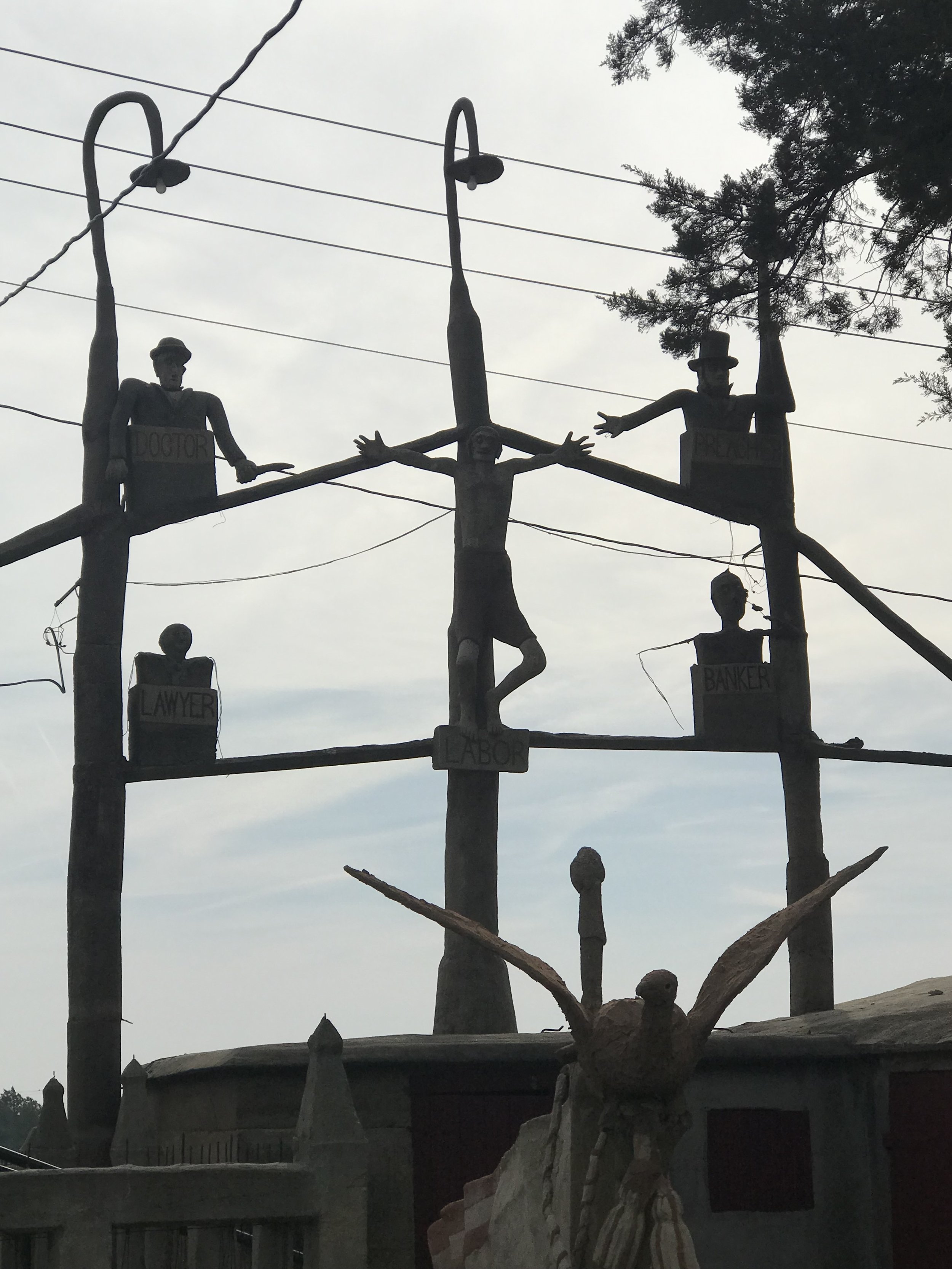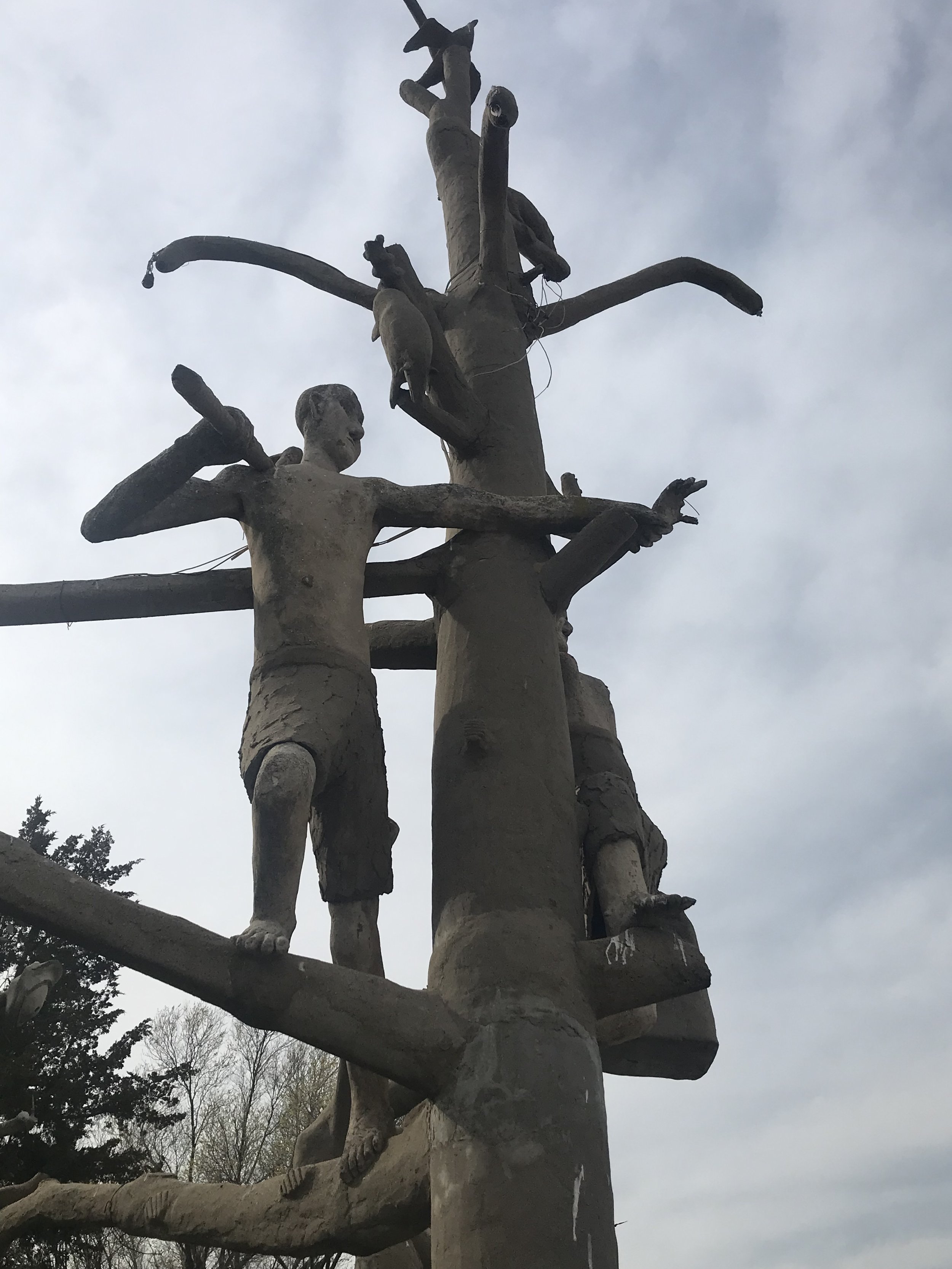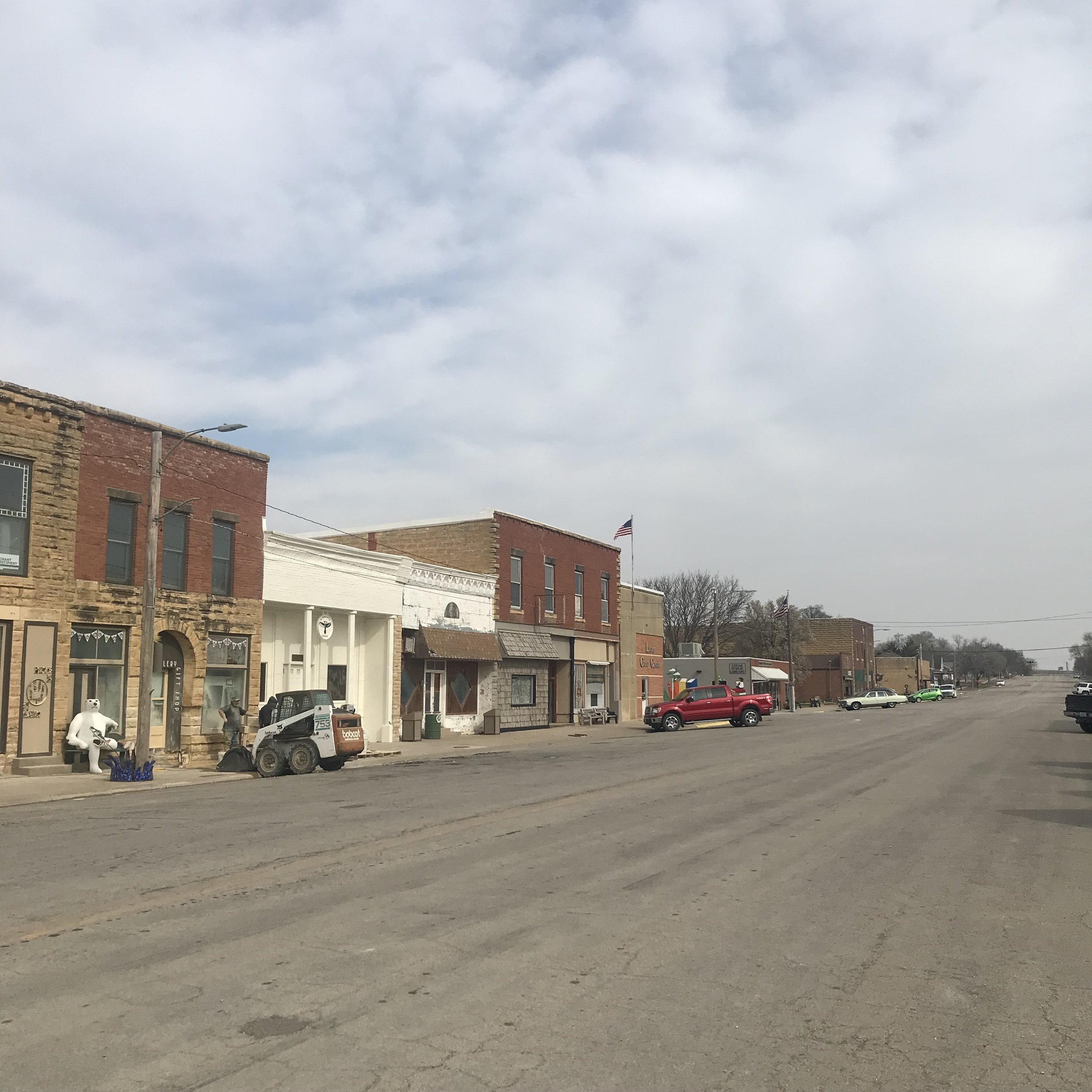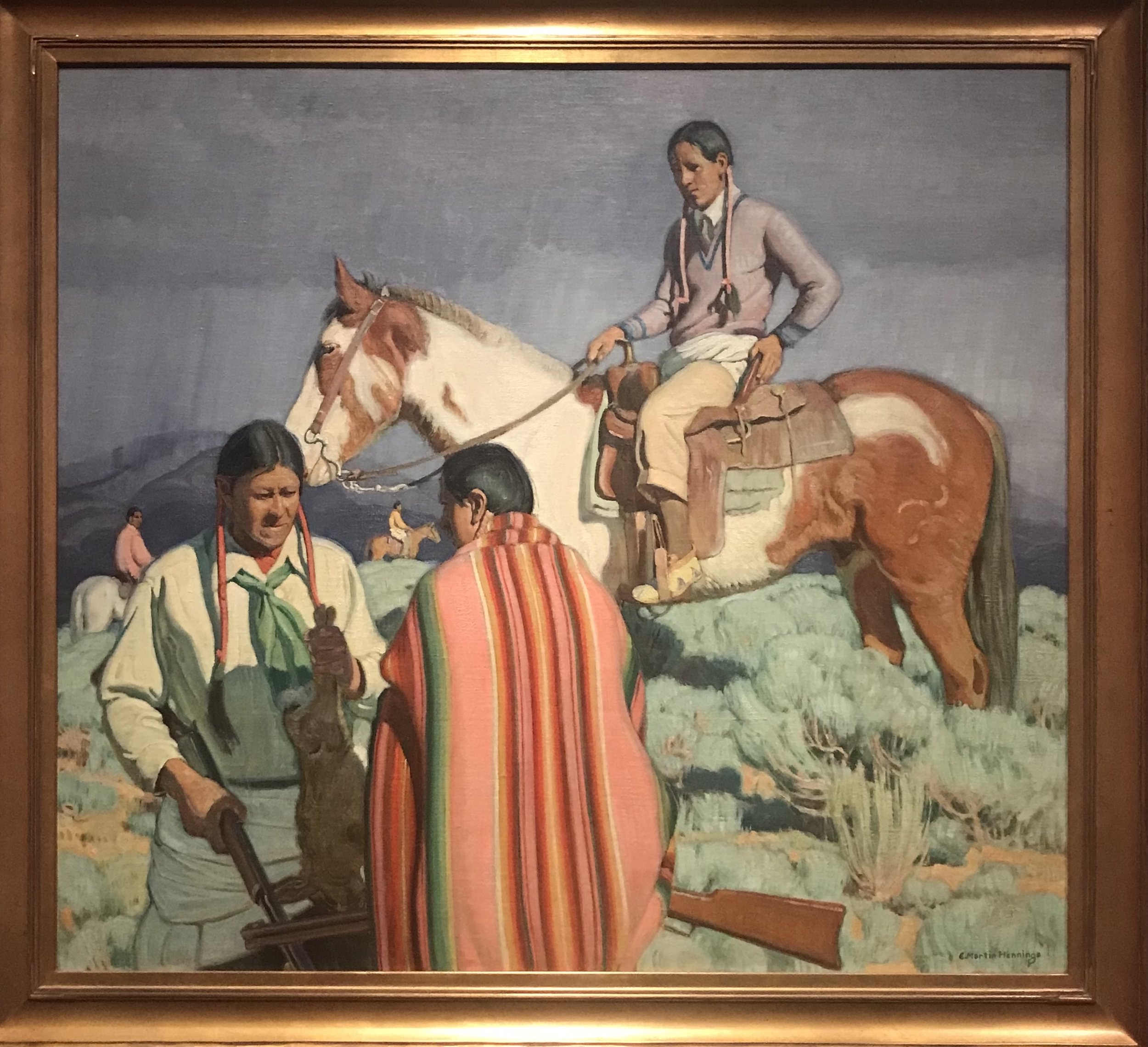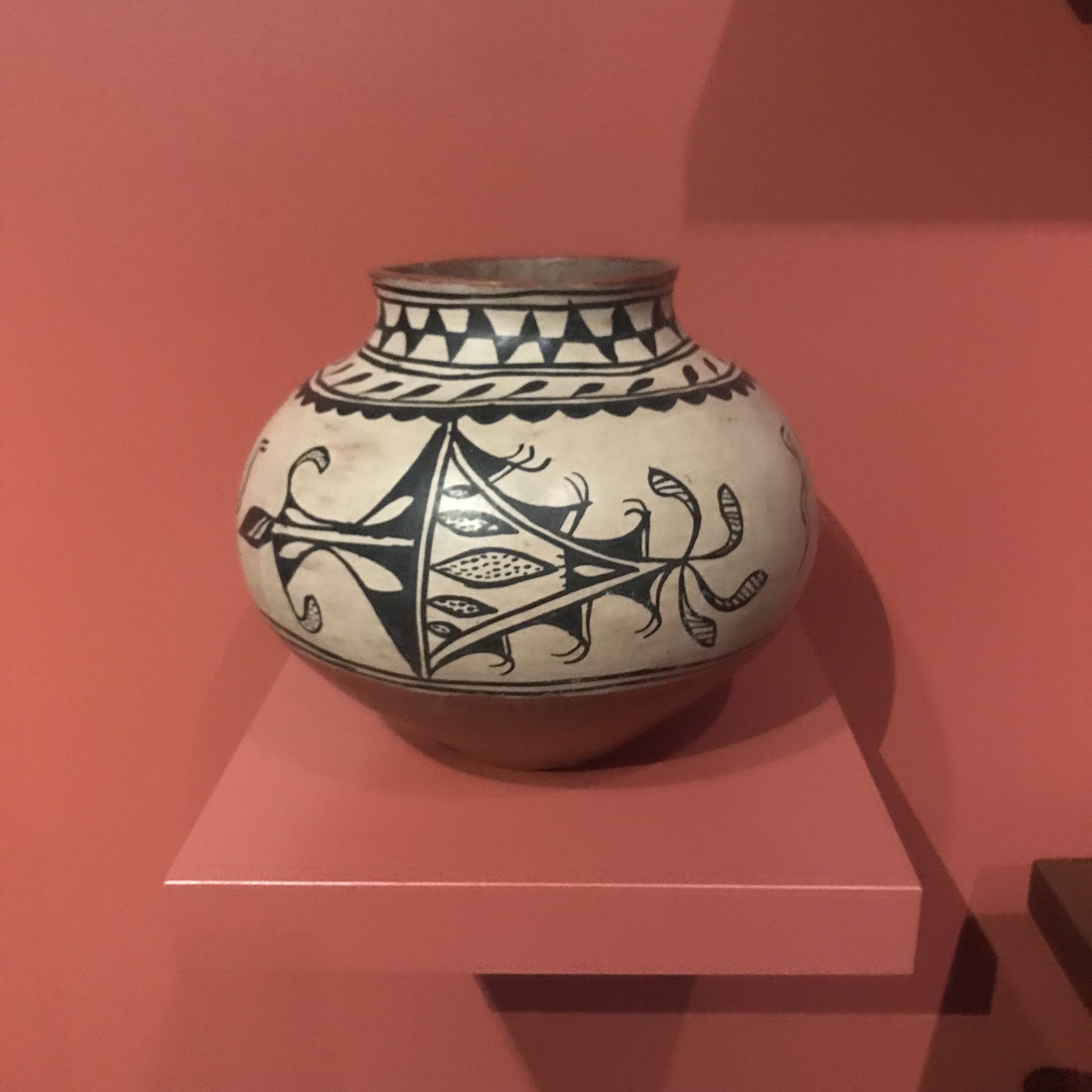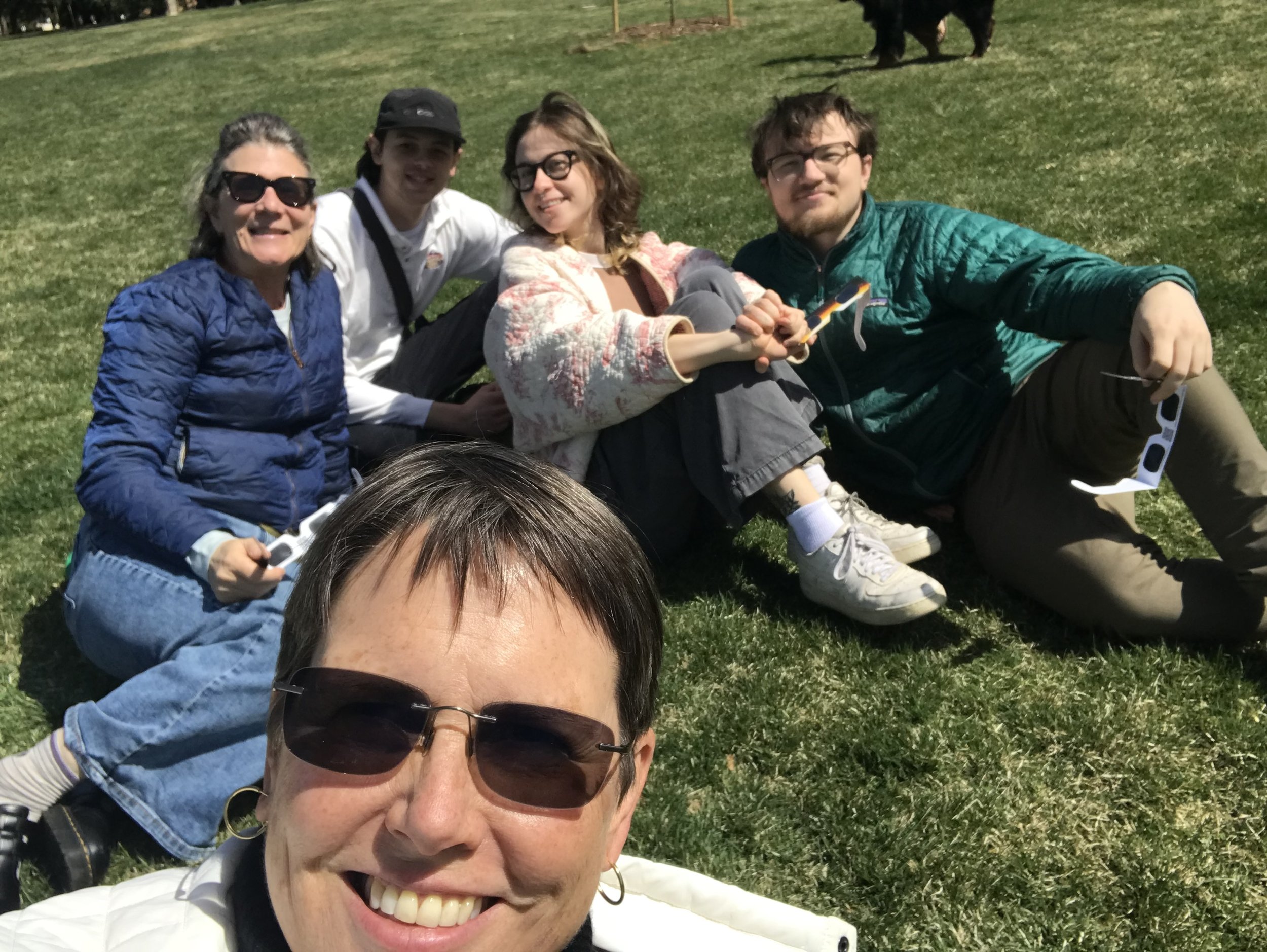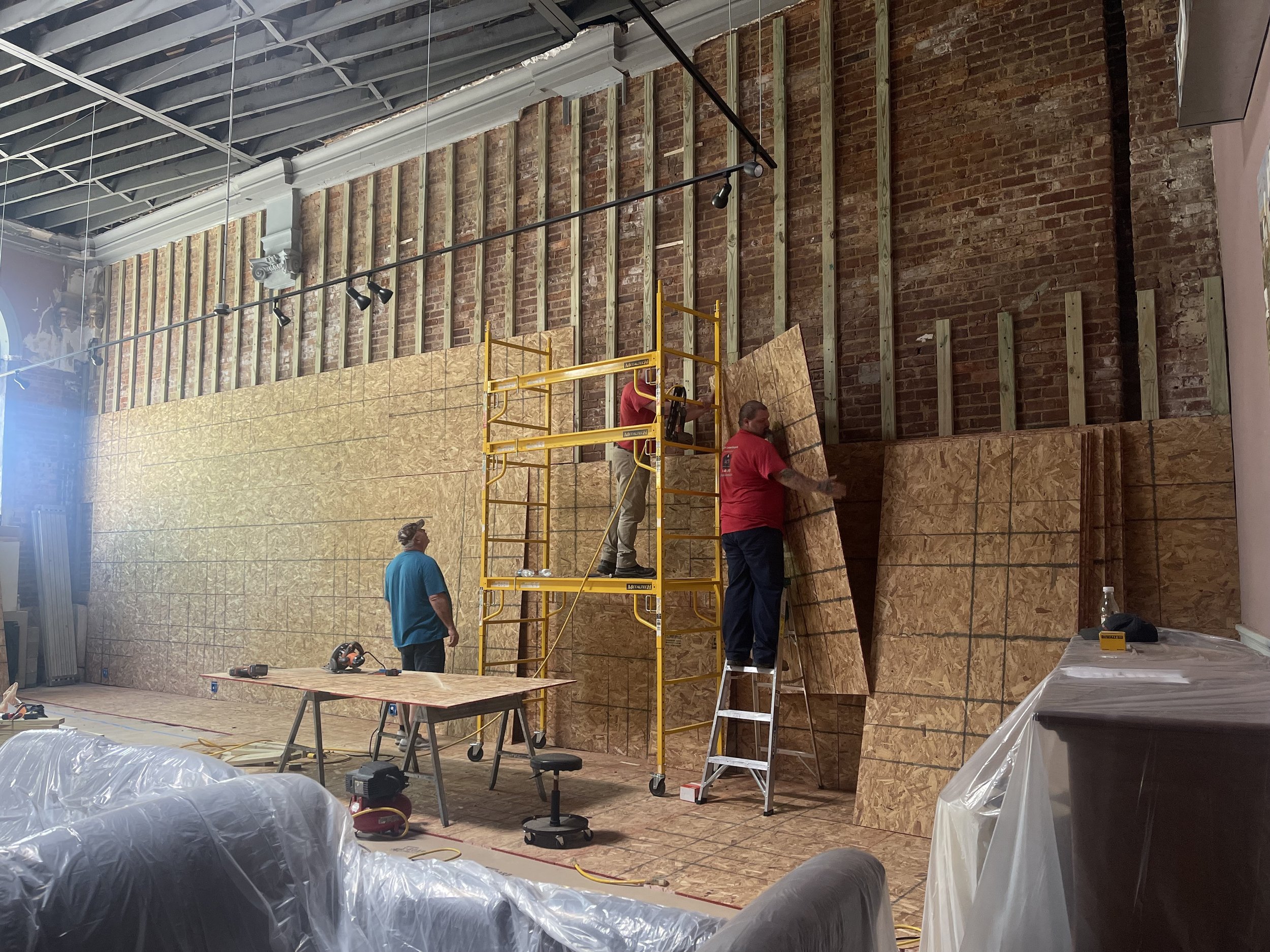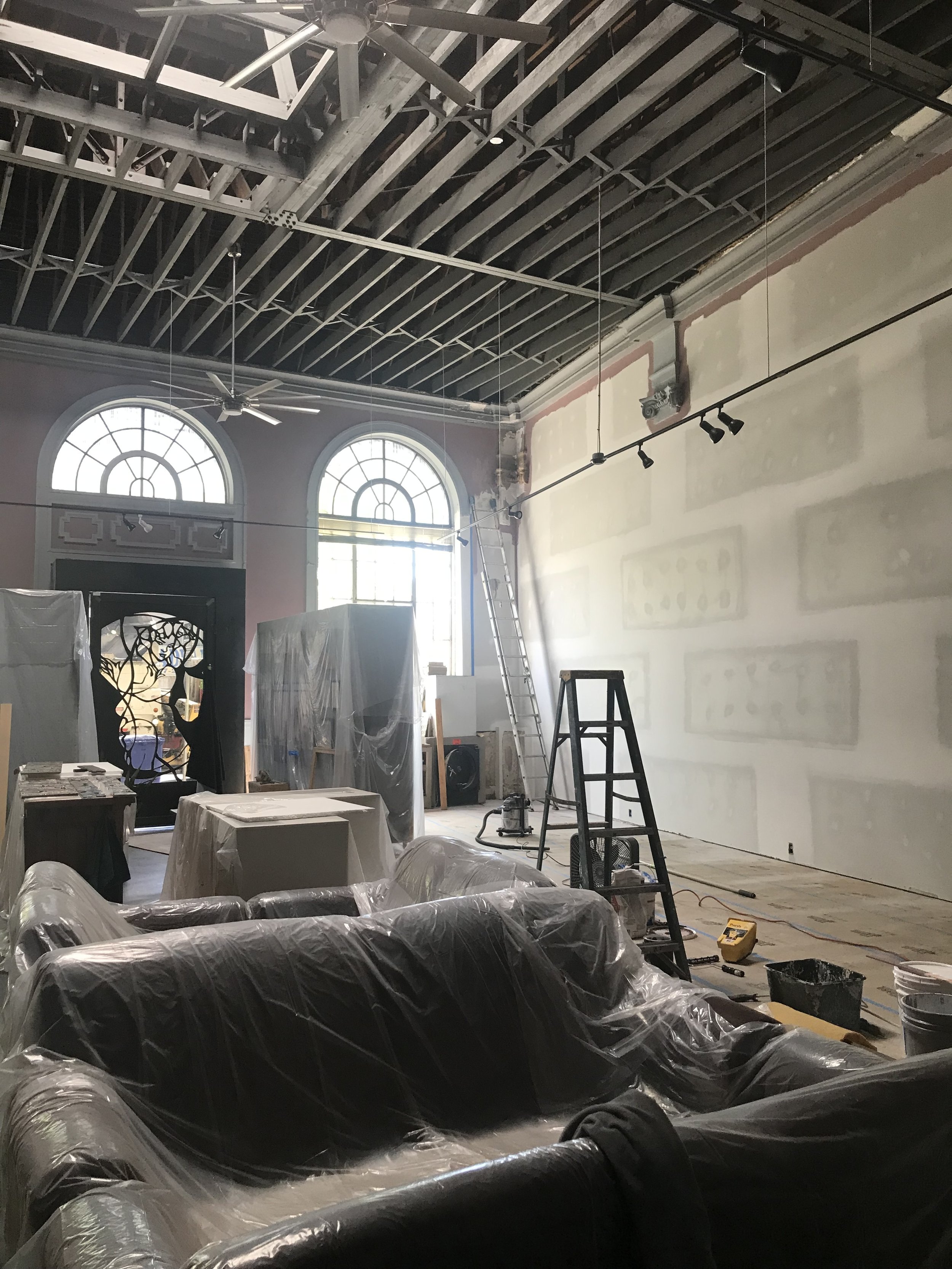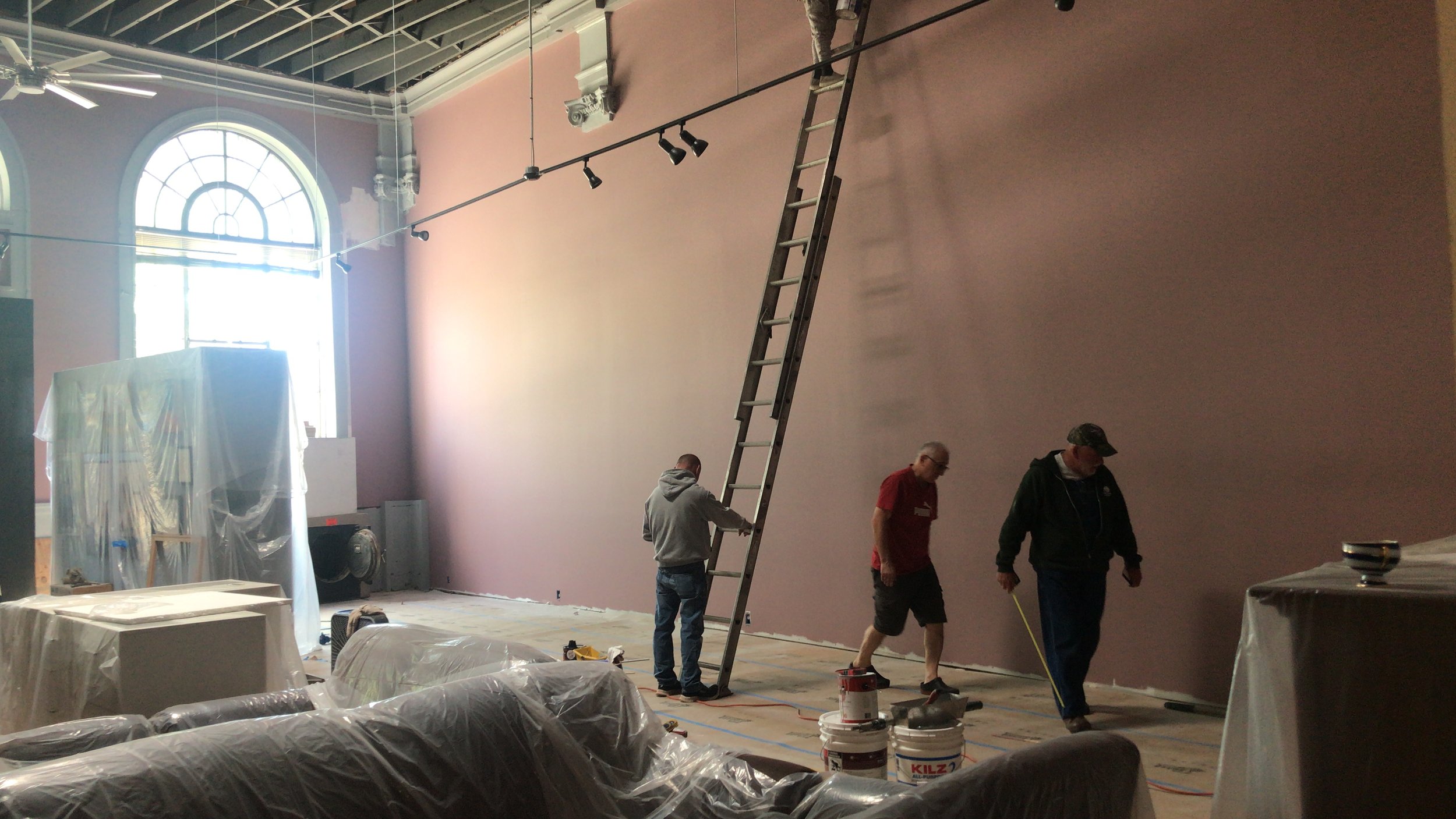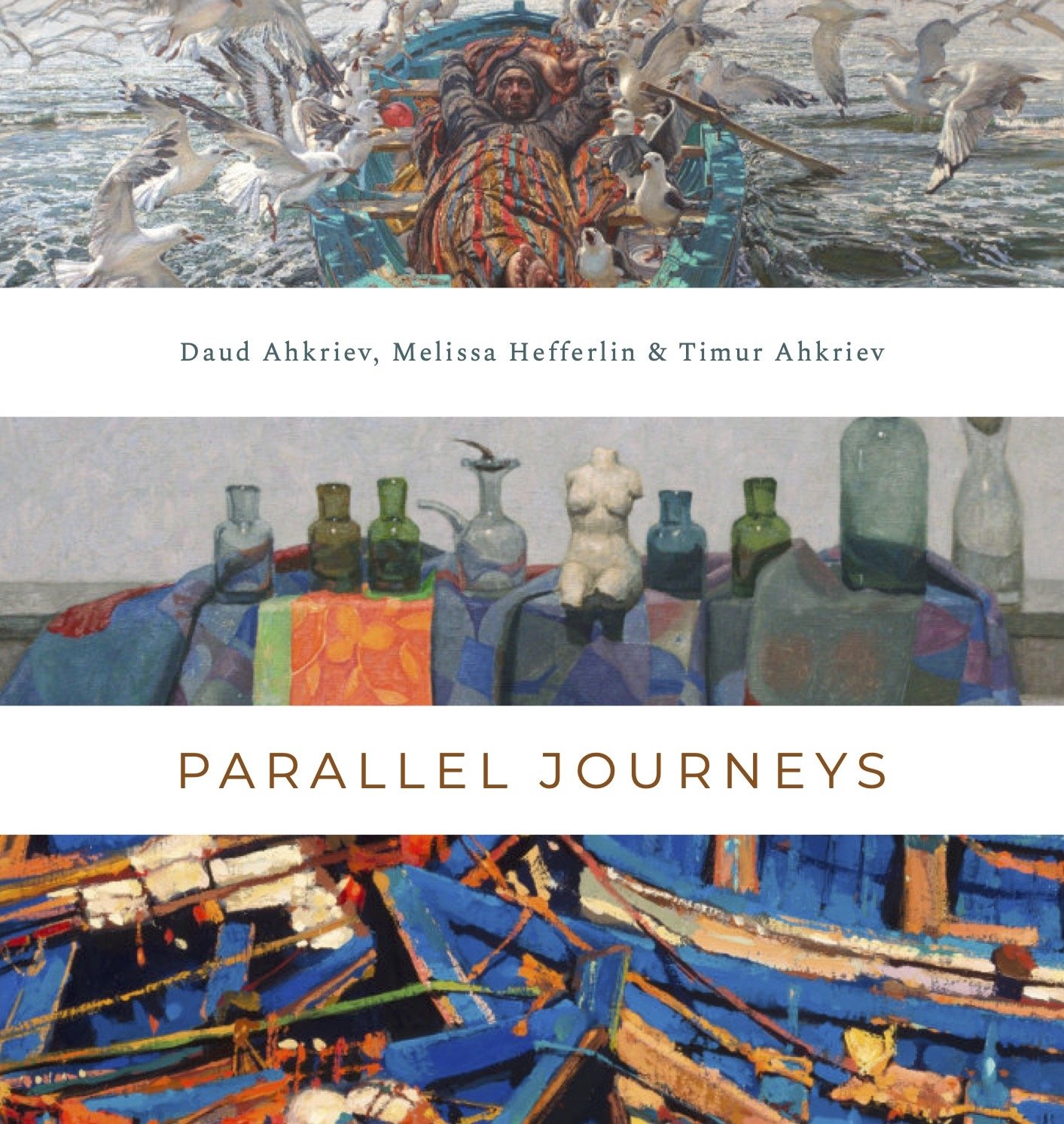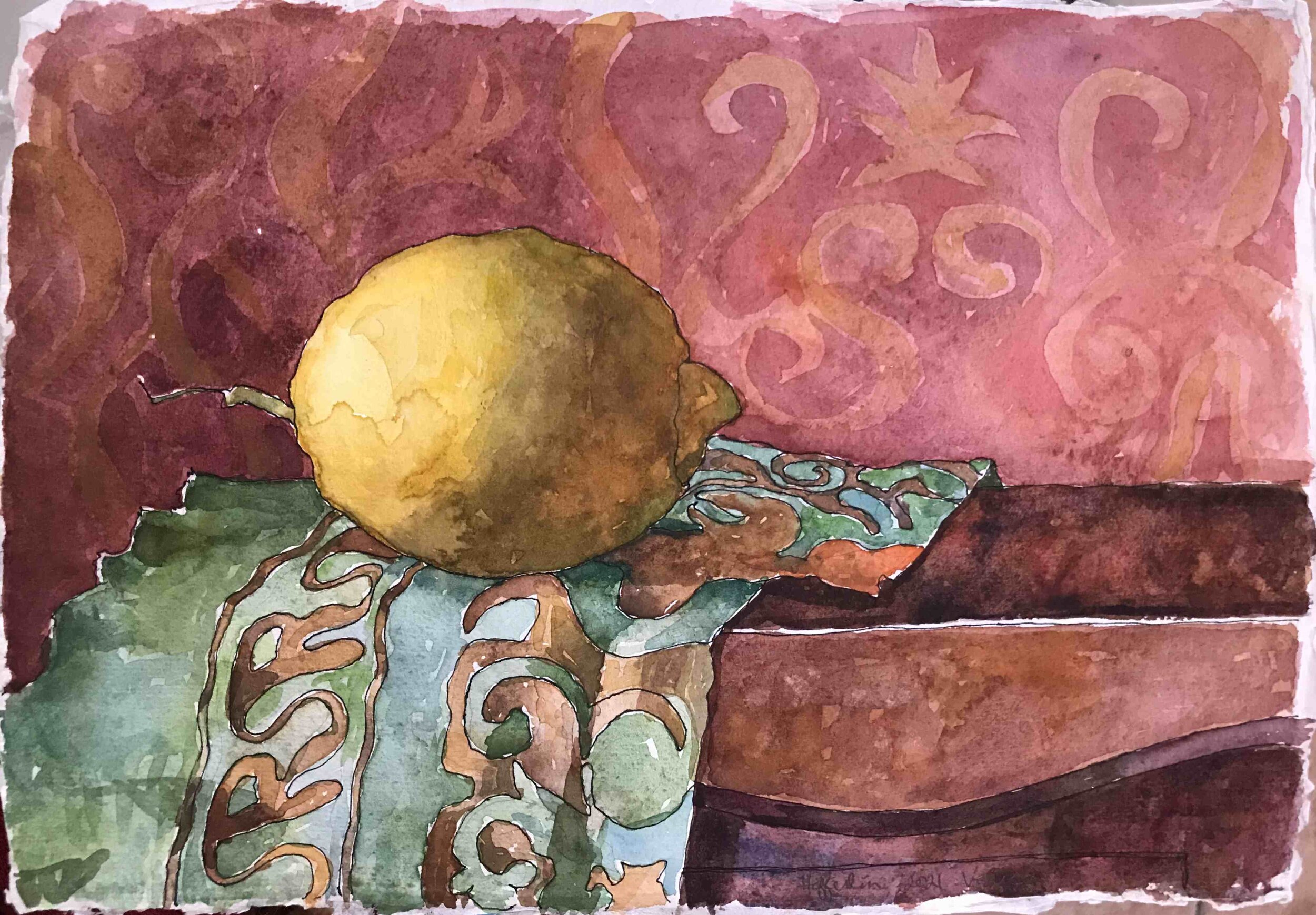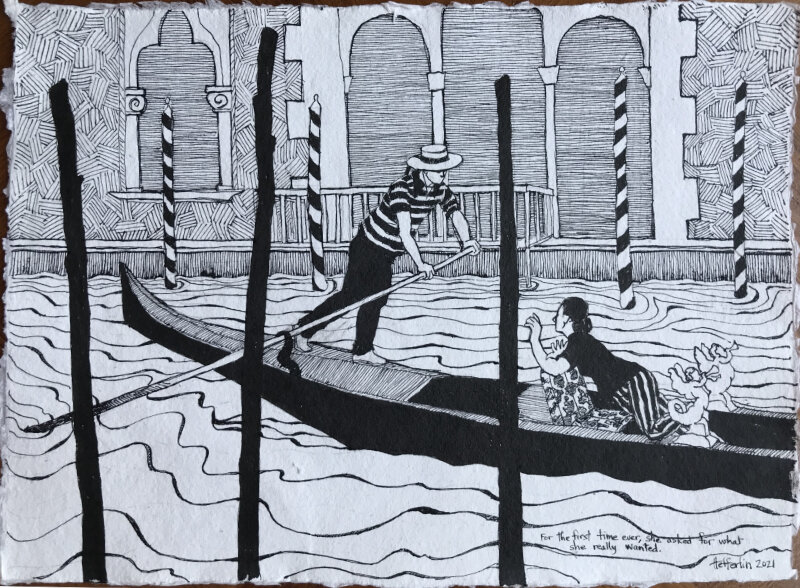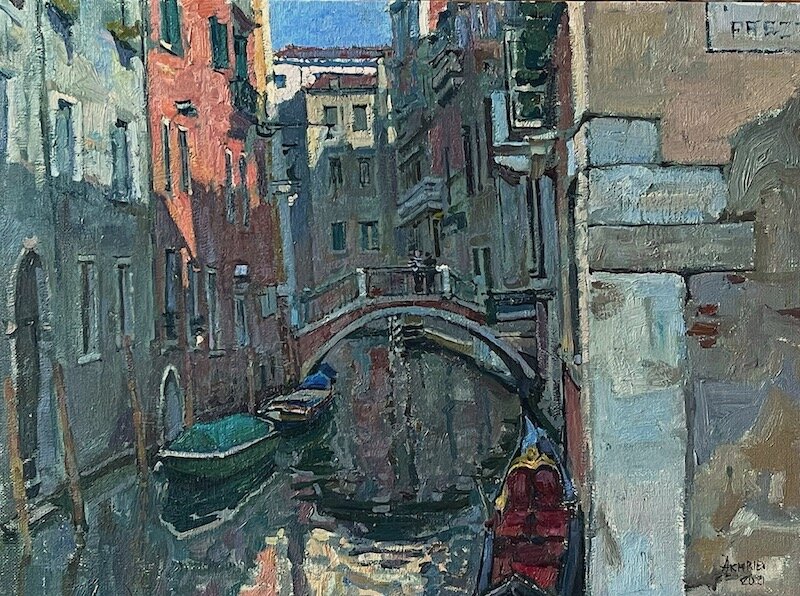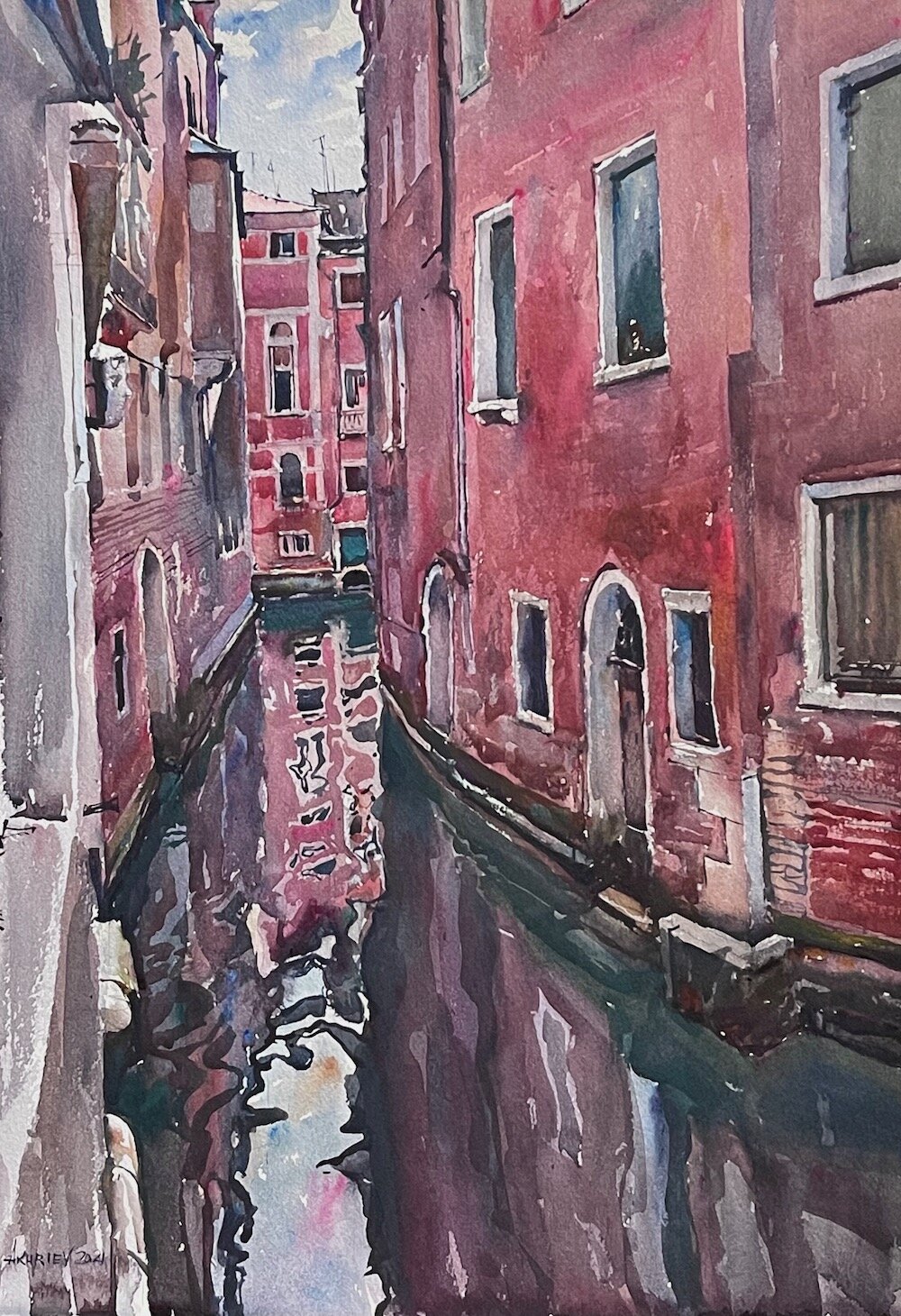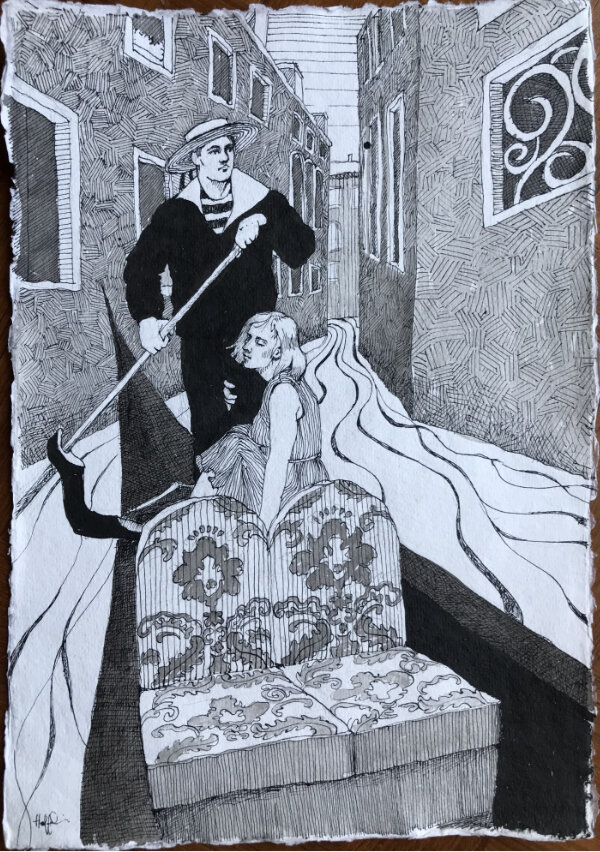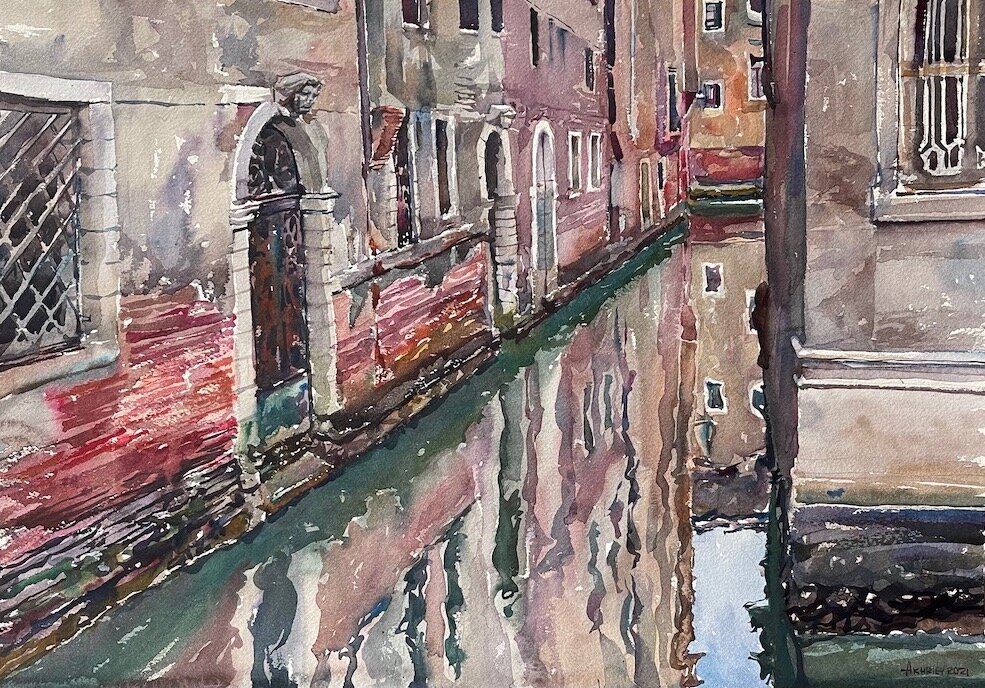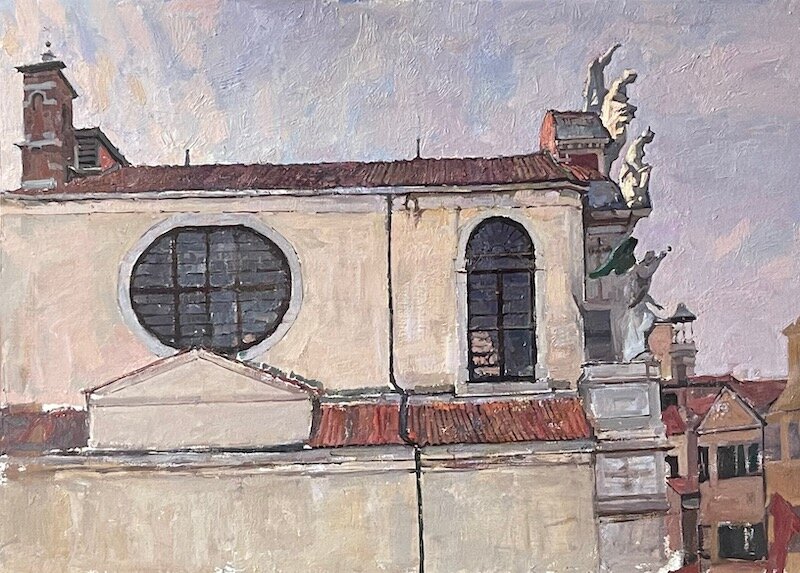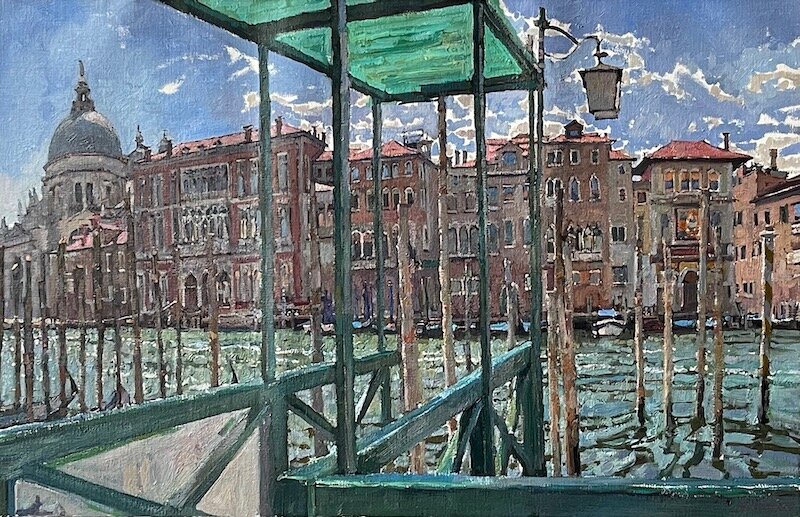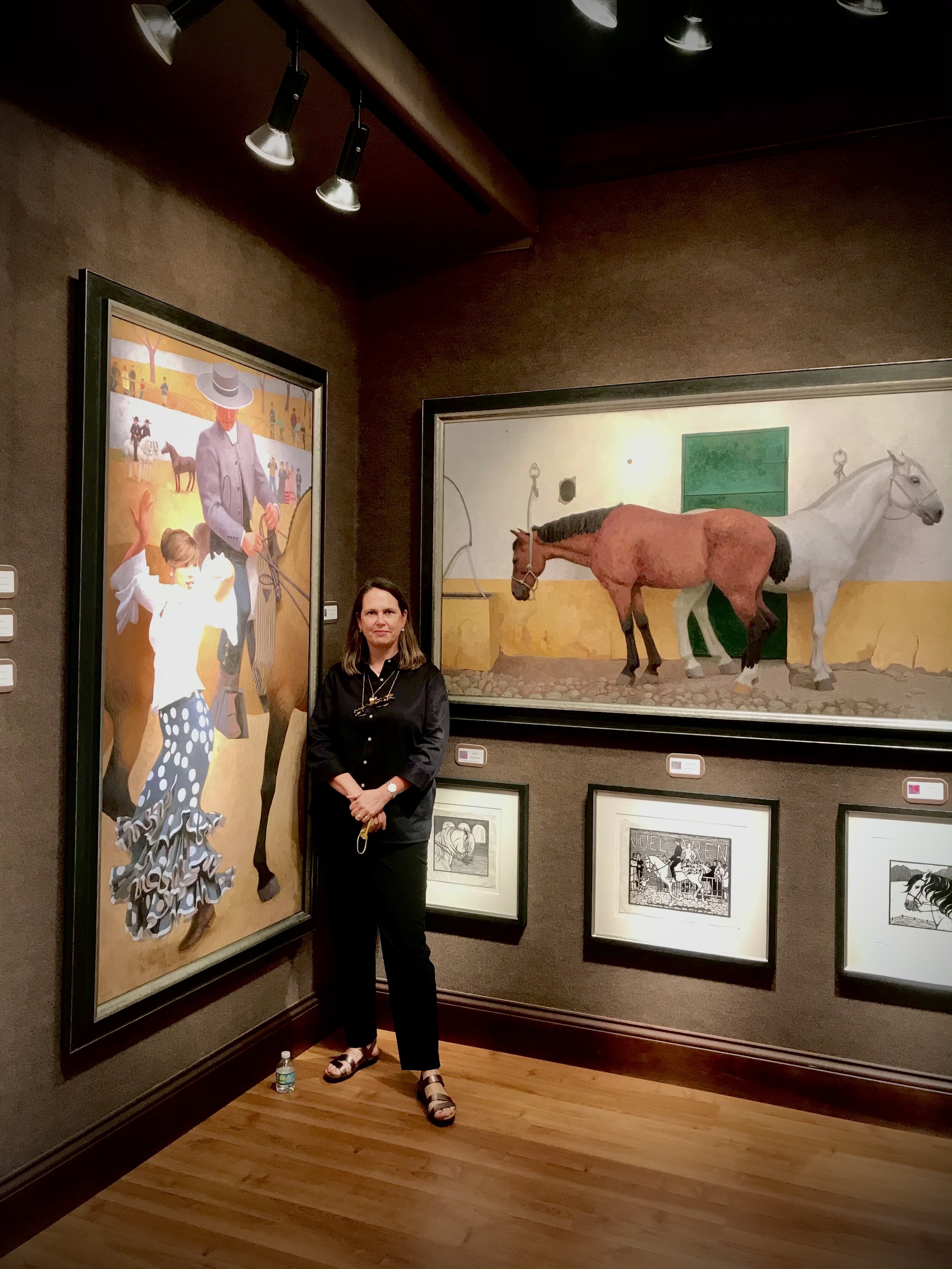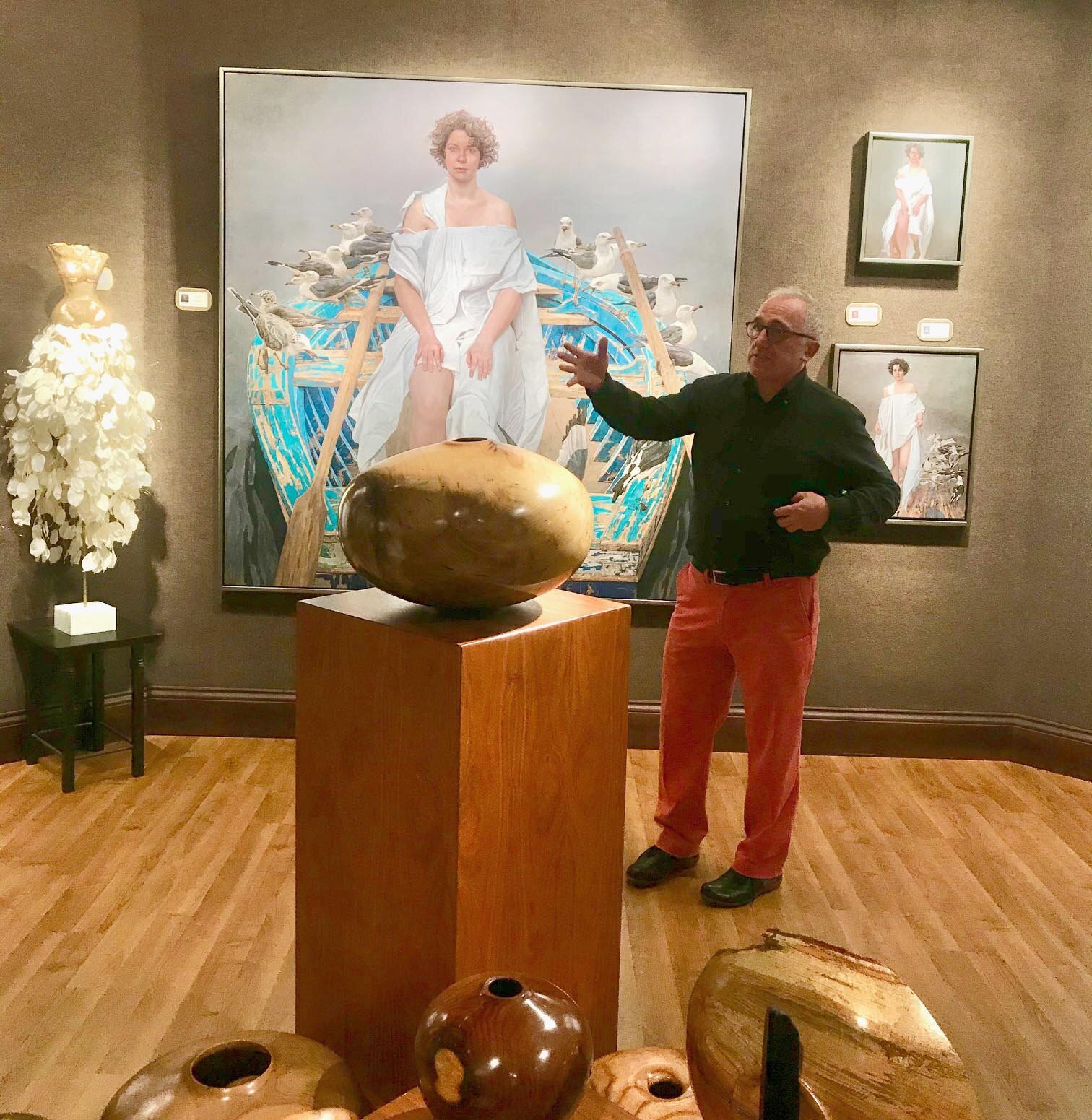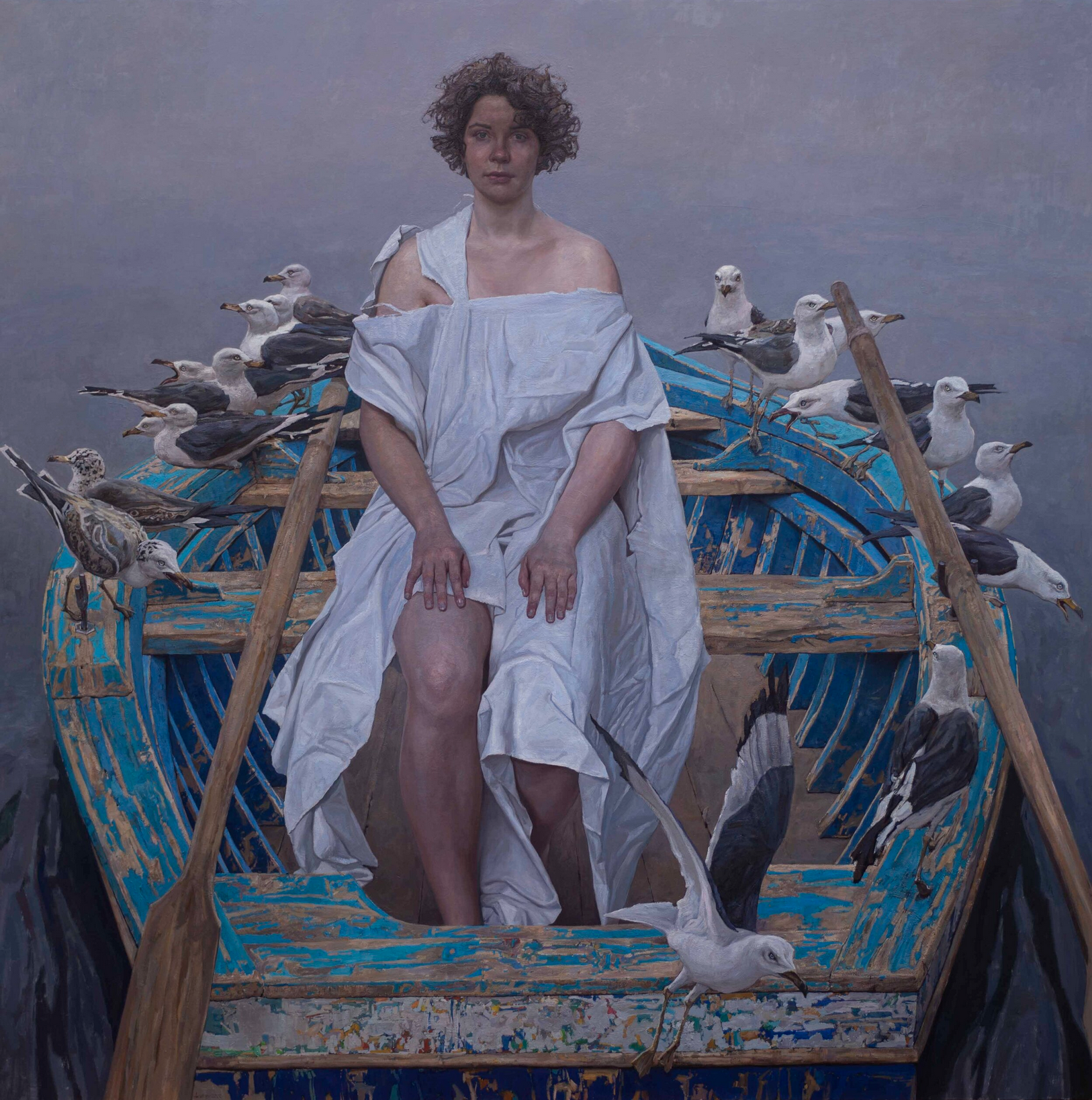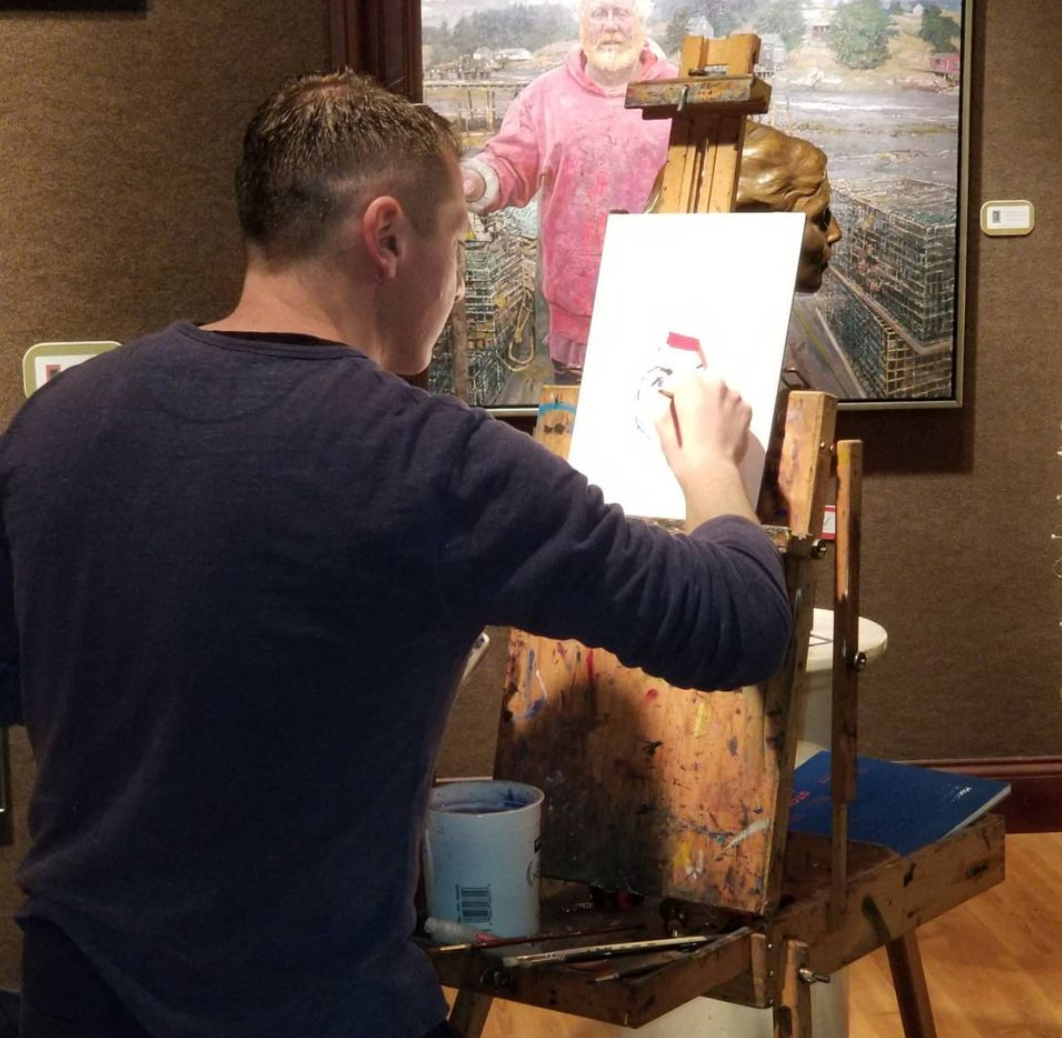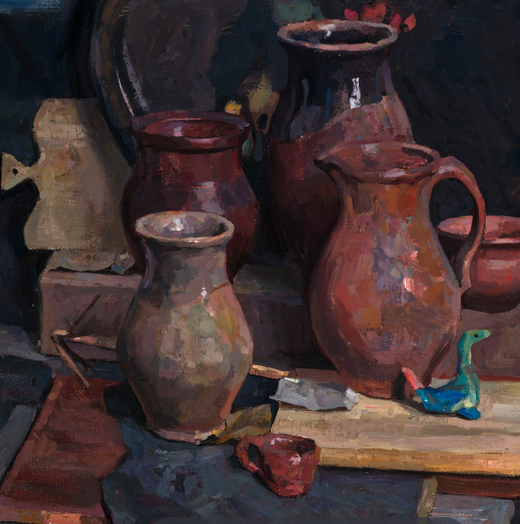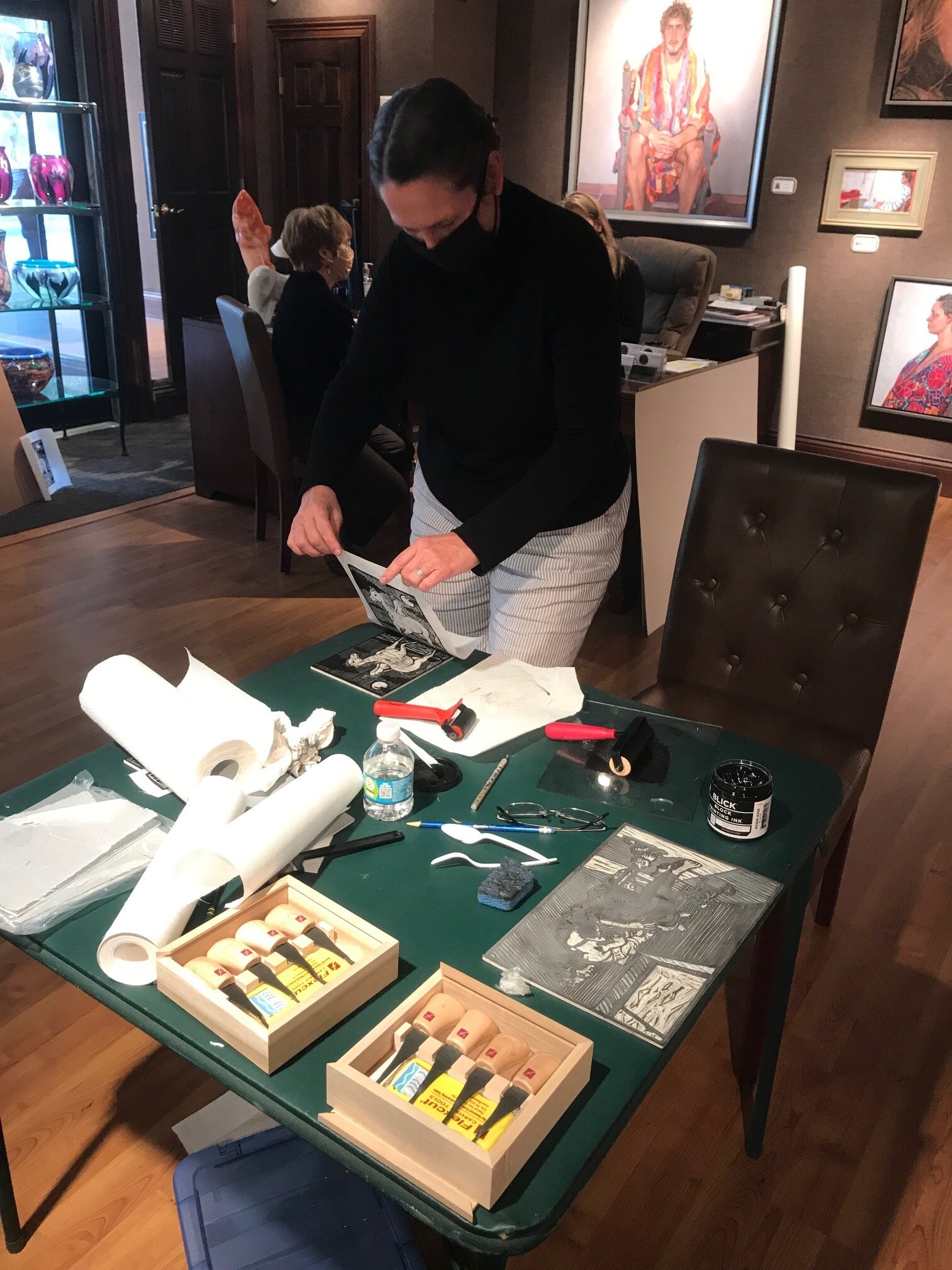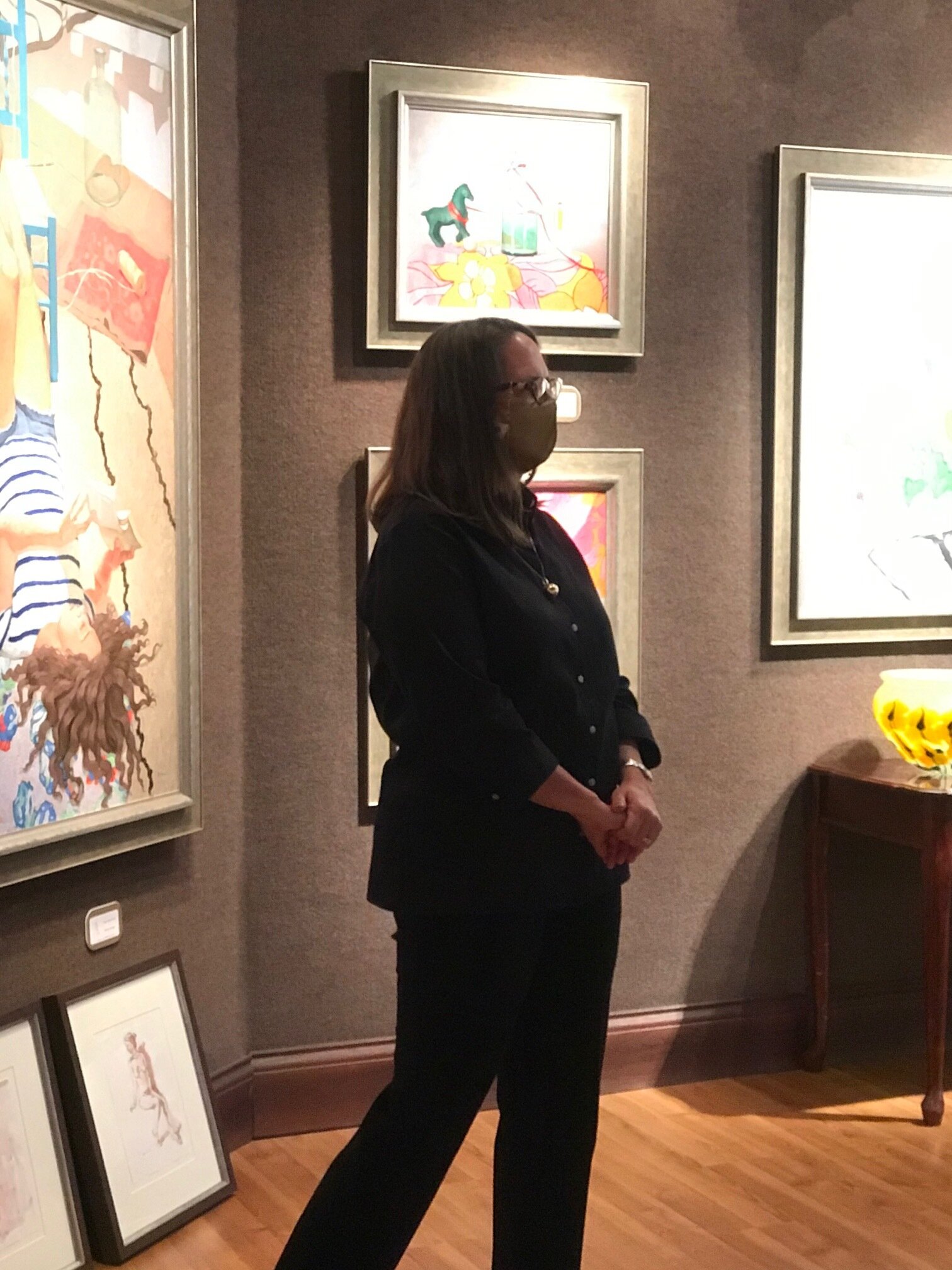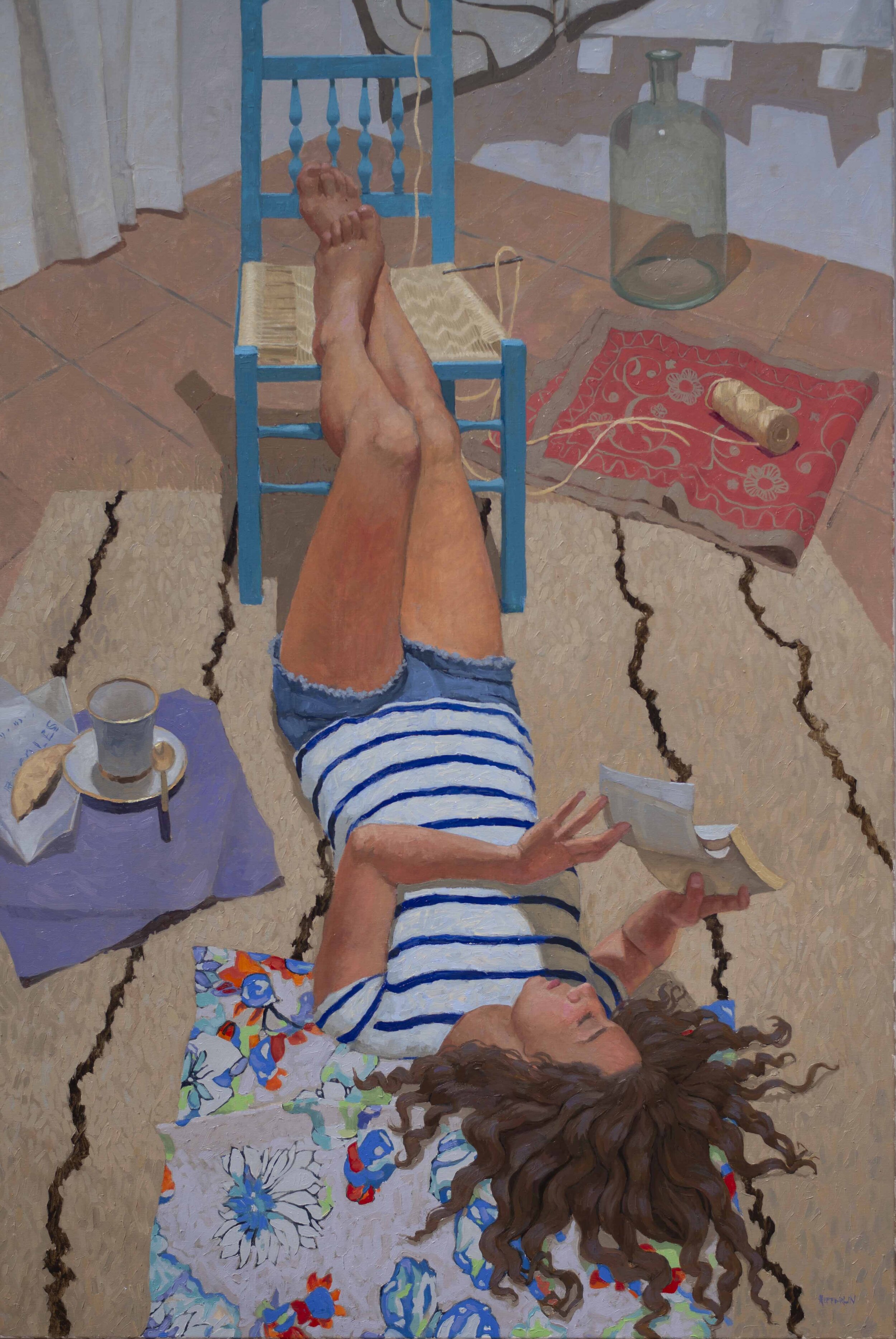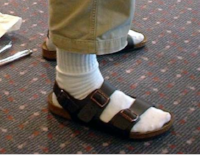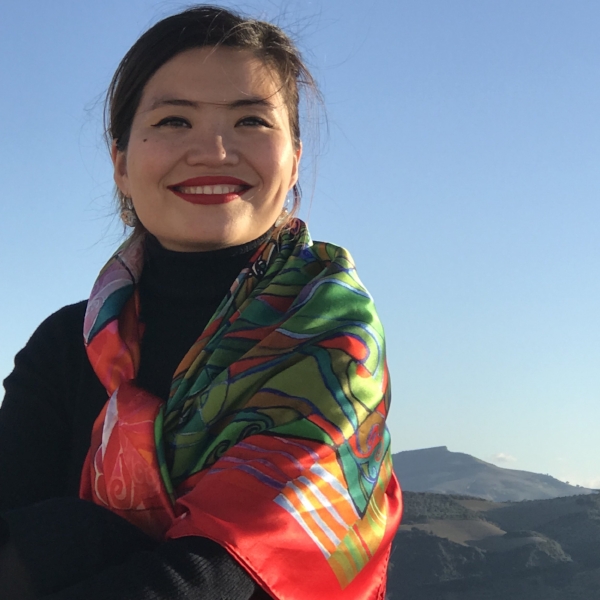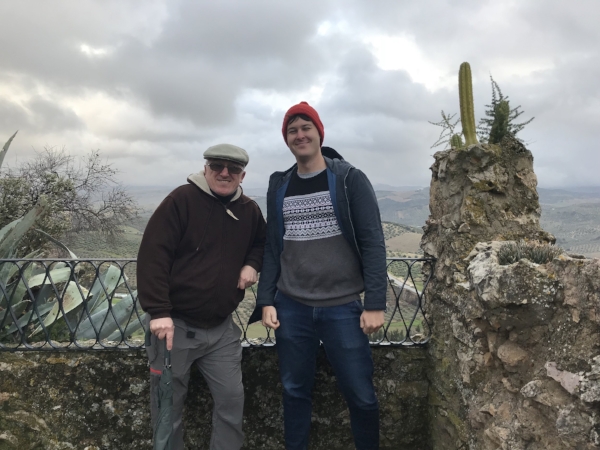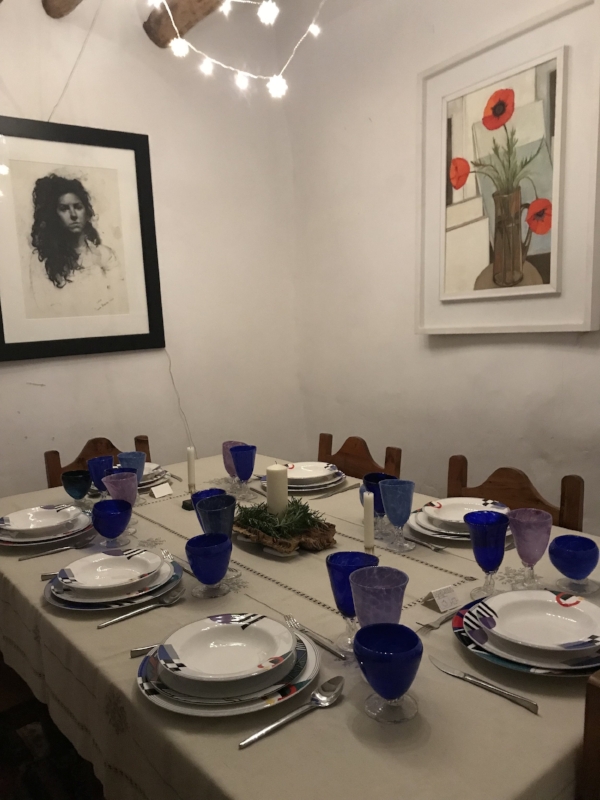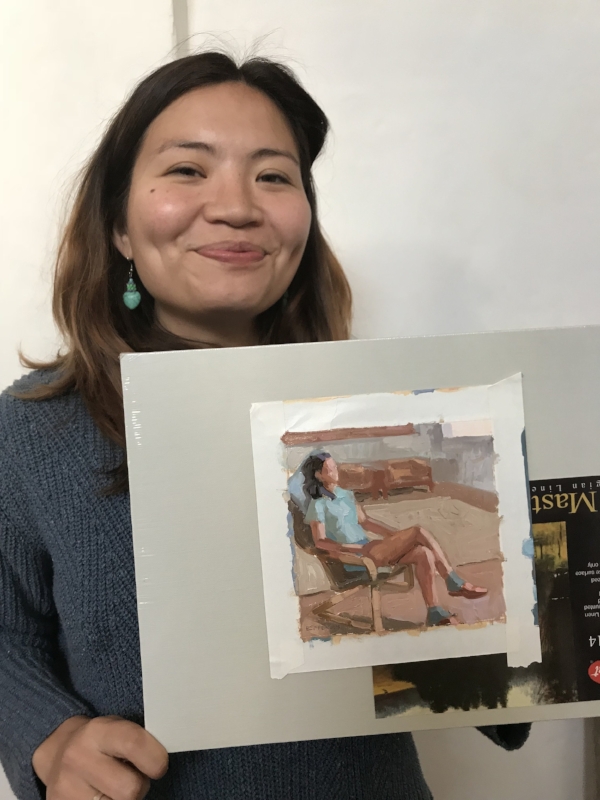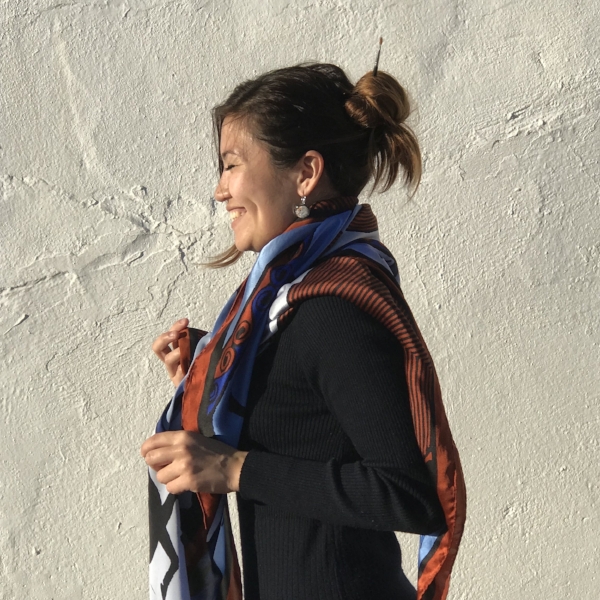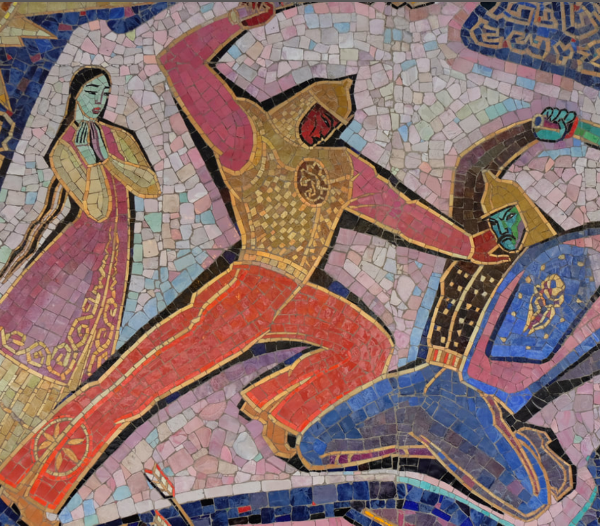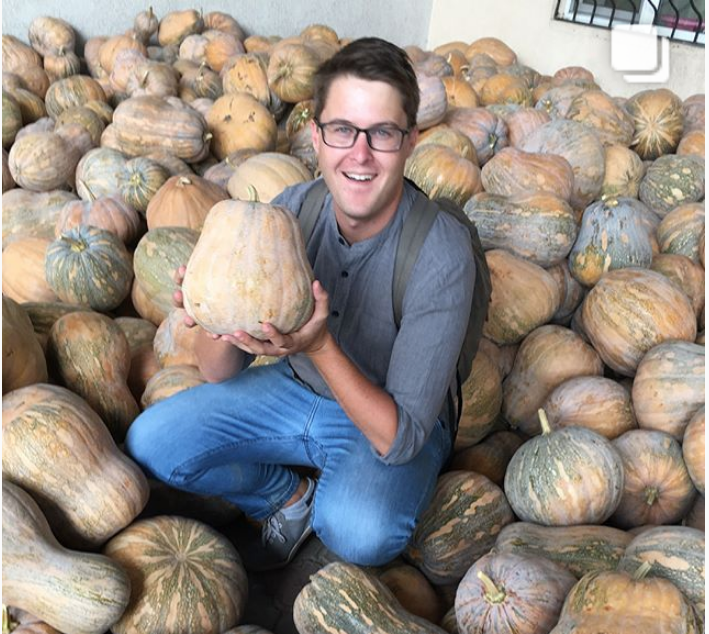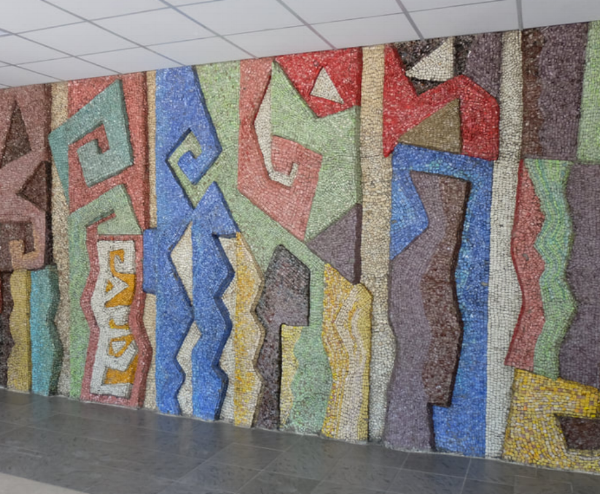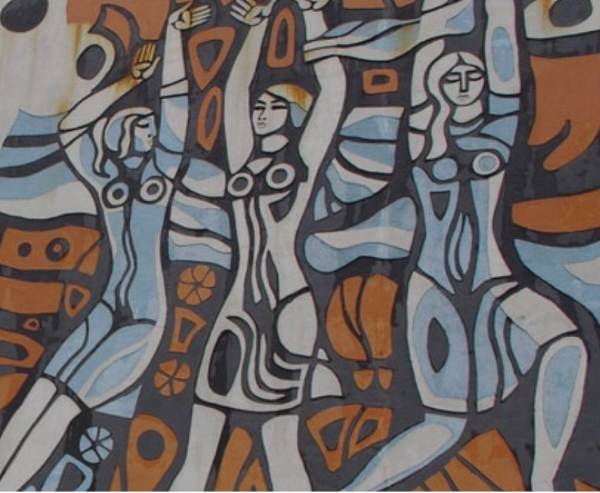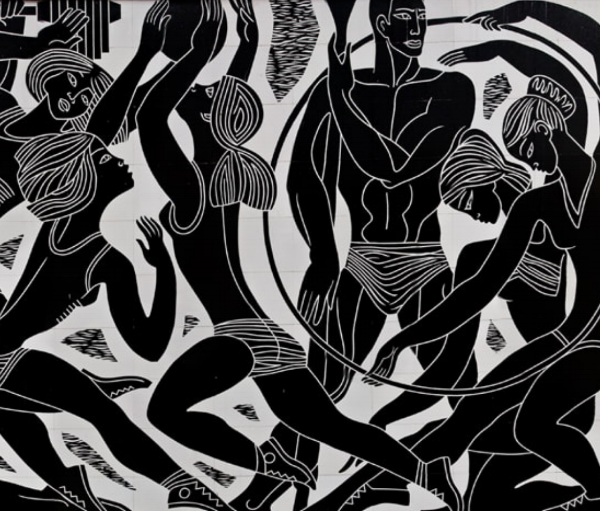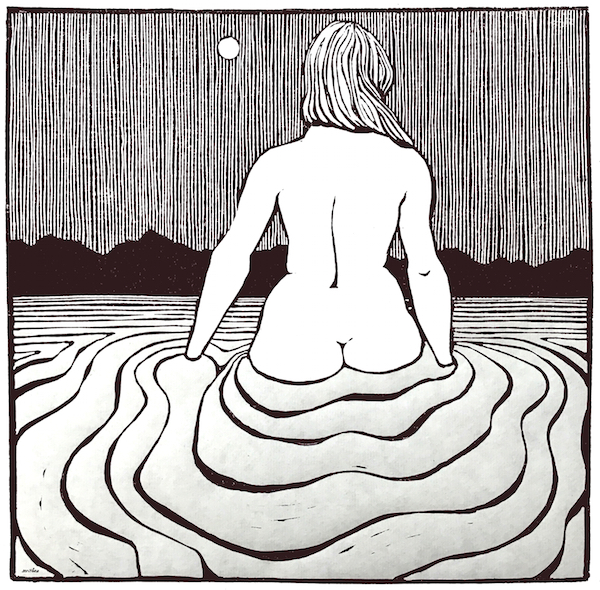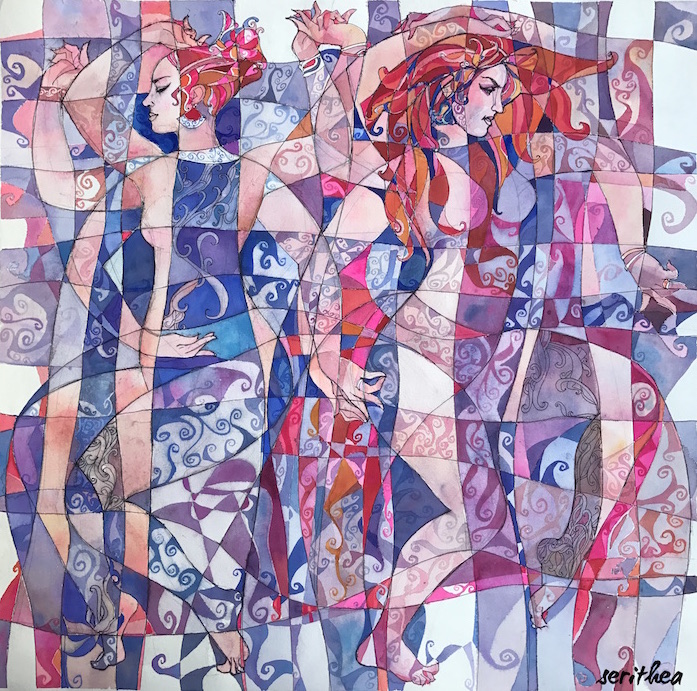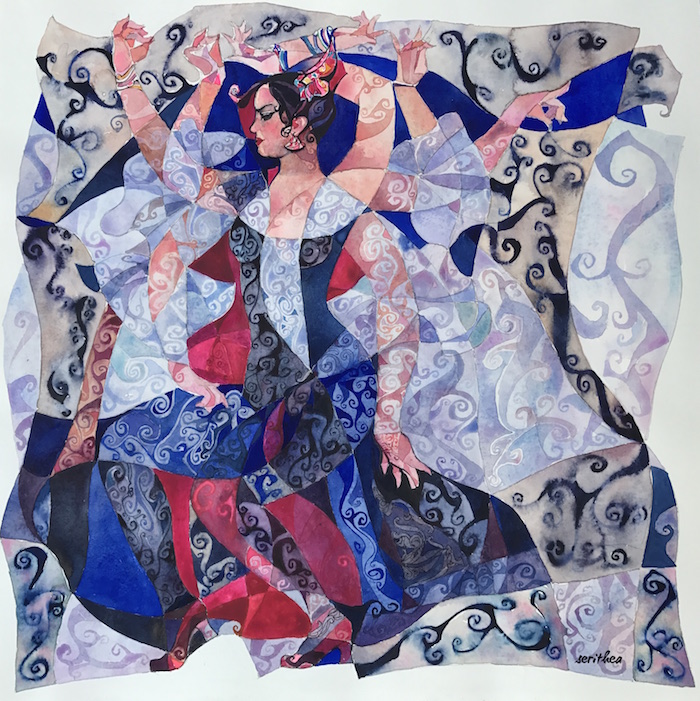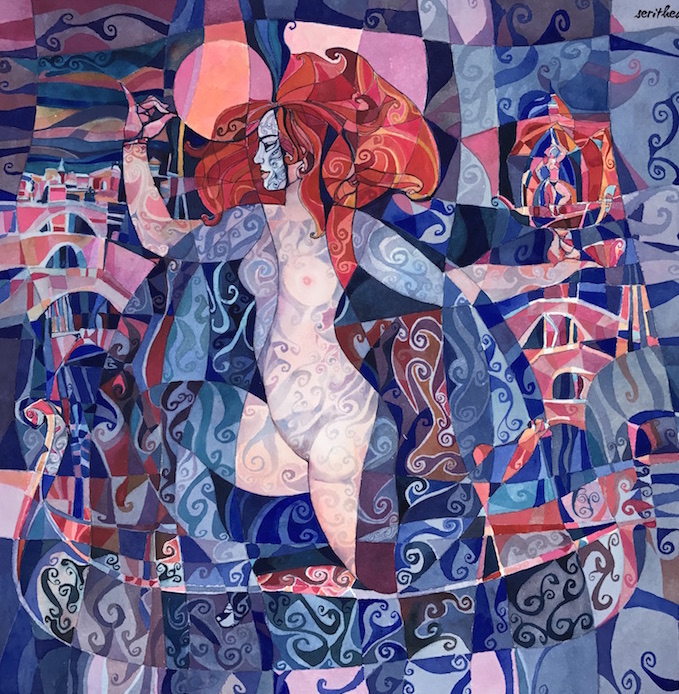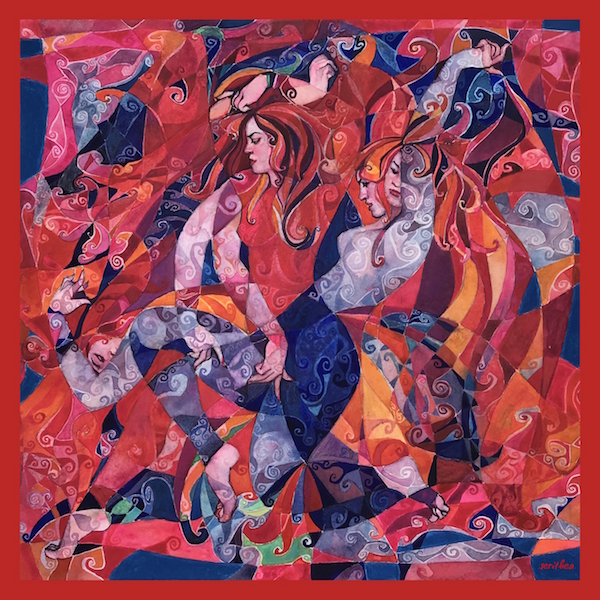People are taking notice. The news, governmental and cultural entities in the city have begun to use www.monumentalalmaty.com as a resource. Denis has formed an alliance with a good gallery and a group of patrons who are backing an upcoming exhibition and the publication of a book about Kazakhstan’s public art. The website now has over 150 monumental art installations on record, and is growing steadily. Dennis has hired a dynamo research assistant to share the work load. Perusing the website, which I highly recommend, gives the impression of a city in love with decorative design, and an exuberant national creative spirit, resulting in many genuine masterpieces. The monumental art of Almaty also is a beautiful document to the Soviet Union’s belief and investment in the power of public art, even if their purposes were ideological in addition to aesthetic. The artists were often Kazakhs, but there are artworks by other artists from all over the former Soviet Union, as well. Dennis reports that a sense of ownership of these masterpieces is returning to the city, especially among the younger generation, and pieces are attracting preservation and restoration. He has become friendly with many of the now-elderly artists or their families. An American quadruplet who plays the ukulele is the catalyst for a Kazakh public art renaissance.
Part of a six-month walkabout, this couple spent a month in our home. They made themselves useful in exchange for room and board, and they did so while infusing our home with a sense of joy. They made a spreadsheet of everything in the pantry and then created recipes to utilize supplies which could go to waste. They played music in the evening. They helped out by doing the grocery shopping, taking photographs we needed and stretching canvases. Adisa posed for paintings as well as Serithea scarf publicity photos. Their contribution to our home gave me back several hours a day to devote to painting. We shared a Christmas together I’ll never forget. Sitting around the table every evening we had informative conversations about mosaics and mosaic techniques in different parts of the world. Systems of art education. Films, lots of films. Methods of monumental art preservation. As we primed linen or mixed drinks, Adisa and I shared and compared our experiences as spouses who both have half a family from Central Asia and half a family from the USA. Adisa sat me down and showed me how to use Instagram, about hashtags and “stories.” One evening Dennis got out his Ukulele and convinced me to attempt to accompany them on my violin while he played Christmas carols from around the world and Adisa sang. I was not musically brilliant, but wow, was it fun. Dennis told us about consulting on a film we loved, “The Eagle Huntress,” and about hunting carpets in Kirgizia. At the end of their visit, Dennis gave us a walking tour of Olvera, in the style of his Almaty walking tours.
What has stuck with me about this couple is how they steadily pursue their inquisitiveness and their dreams, and the surprising life path unfolding before them as a direct result. Because Dennis pursued his love of maps and wandering curiously on foot, he finds himself a documentary host working in the entertainment industry in Kazakhstan and catalyzing a public art rebirth. Adisa loves languages and meeting people, she now has her own school, skills in three languages, and an artists’ coop getting off the ground. They are an inspiration to me, and their boisterous attitudes fed my soul. They bolstered my sense of purpose about my work and the subjects which are dear to me, and they gave me much-enjoyed camaraderie as mixed-culture, mixed-religion families. I am deeply grateful to them.
That's my story for today from my Spanish studio (where today I got a brand new skylight!!!! Whoohooo). I'd be delighted to hear about some of your positive experiences with strangers bearing gifts.
Yours truly, Melissa











